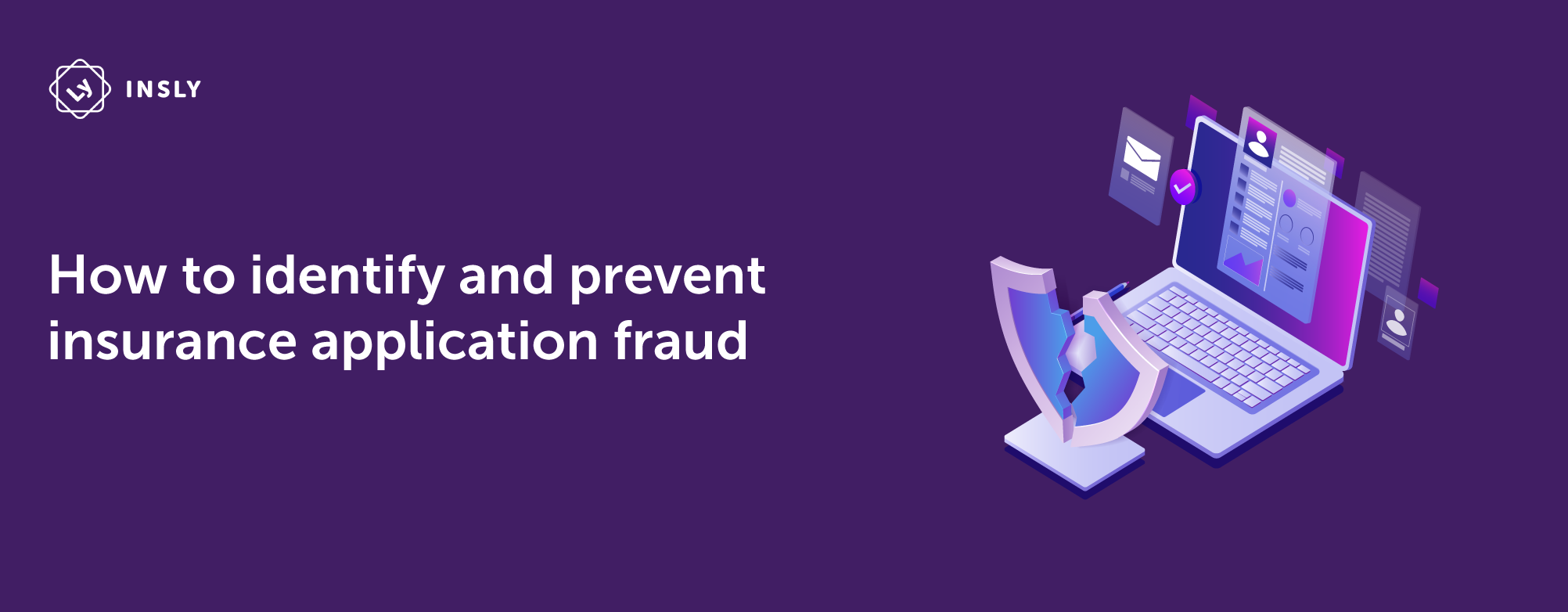Application fraud costs the insurance industry millions every year, with data from Cifas showing a 20% increase in this type of fraud in 2023. Unlike fraudulent claims, application fraud happens at the beginning of the insurance lifecycle, with applicants misrepresenting or failing to disclose details that are material to their quote and policy, with the aim of saving money or securing cover.
Some lines of insurance suffer more application fraud than others. For example, life insurance policies can be highly lucrative for fraudsters due to the complexity of applications, and significant payouts, and the high cost of motor insurance means that car insurers must be extra vigilant. A recent study found that a quarter of young drivers between 18 and 24 admitted they would be willing to lie to get cheaper car insurance.
While application fraud has always been an issue for insurers and MGAs, the cost-of-living crisis, and rising insurance premiums have been blamed for recent growth in cases. The rise in online applications and demand for faster quotes have also made it easier for applicants to input fraudulent details and information. A growing diversity of tricks and techniques by fraudsters has also made it more challenging for insurance providers to keep up with tricks and techniques.
The main types of application fraud are:
- Misrepresentation or non-disclosure: This is where an applicant enters inaccurate information or fails to disclose certain material details on their application form, to secure insurance they wouldn’t otherwise be entitled to, or to significantly reduce the premium. Examples include so-called ‘fronting’ on automotive insurance, where an applicant enters the main driver as an additional driver to secure a lower premium. Or, in health insurance, it could involve failing to disclose a pre-existing condition.
- Falsified documents: The use of fake documents is an increasing issue, particularly in no-claims authentication for motor insurance, where AI tools have made it increasingly easy to trick insurance providers and MGAs. According to Cifas, fake no-claims documents comprised 9% of false application cases in 2023, compared to 4% in 2022.
- Ghost broking: Another rising concern is so-called ghost broking, where insurance applicants are conned by fake brokers who complete fraudulent, inaccurate applications on their behalf. This results in the applicant paying for insurance that doesn’t meet their needs, the insurance provider losing out on higher premiums, and can cause serious issues if the applicant comes to claim.
So how can insurers and MGAs identify and prevent application fraudsters? Thankfully, while technology has made application fraud more common, it has also given rise to numerous tools that insurance companies can use to fight the problem:
Advanced analytics and machine learning
Data analytics and machine learning tools can now identify application patterns and anomalies and detect potential fraud based on historical data. For instance, if a company receives an unusually high number of applications from a particular region exhibiting similar high-risk characteristics, this could be a red flag requiring deeper investigation. Given access to the right data, machine learning tools can also spot links between fraudulent claims and applicant data.
Identity verification processes
Applicant fraud is much harder to commit when strong identity authentication methods are in place. Identity verification solutions include document scanning, facial recognition, SMS-based codes, and biometric checks to verify the applicant’s identity. Another technique is device fingerprinting, which identifies unique device characteristics to prevent multiple fraudulent applications from the same phone or computer.
Cross-reference data
Insurance providers should also draw on publicly available records and shared insurance data, to help verify applicant information. Databases like credit bureaus and licensing agencies can verify the authenticity of customer details, including addresses, credit history, and employment, making it easier to detect inconsistencies. Another tool is email address intelligence, which can provide a risk score for a person’s email based on any links to fraud.
Robust application review processes
Conducting extensive manual background checks isn’t realistic for most MGAs and insurers, as it can significantly delay the quote and bind process, add friction, and drain a company’s resources. However, automated checks can now be carried out to flag suspicious applications for closer examination. For example, velocity checks are designed to assess the speed of application, while behaviour monitoring can spot unusual patterns of behaviour.
Share knowledge across your team and with the wider industry
Fraudsters are constantly evolving how they operate, so insurance companies should keep up to date with the latest scams by participating in industry-wide fraud prevention networks and collaborating with others in the sector. Also, ensure staff understand the risks and receive regular communication and training on the latest attempts and techniques, so they are ready to spot cases. Finally, implement a straightforward and confidential way to report suspected fraud to encourage vigilance and prompt action.
Stamping out insurance application fraud is critical to reducing losses and maximising profitability for insurers and MGAs. Implementing end-to-end insurance software, such as Insly, can play a huge part in spotting and stopping fraudsters by collating and streamlining data, providing fraud monitoring, and integrating with third-party fraud solutions. Insly’s system has several out-of-the-box features to help detect fraud, including validations and alerts related to claims history, and metadata assessment for document authenticity. Insly can also combine various data points to identify discrepancies or patterns that could signal potential fraud for further investigation.
Insly’s system is also highly customizable with no technical limitations to adding additional layers or tools for fraud detection. We can integrate whatever solutions you need and assist you in achieving the best approach to address fraud concerns. Drop us a line or give us a call to find out more.



